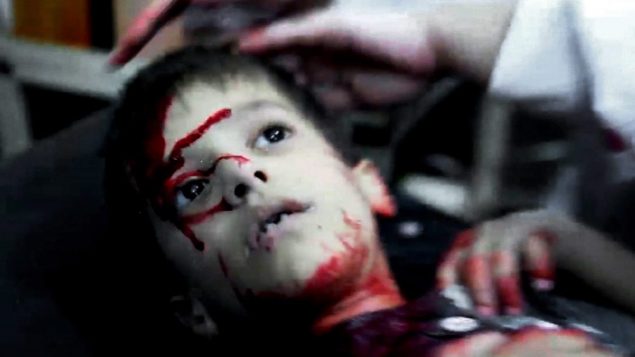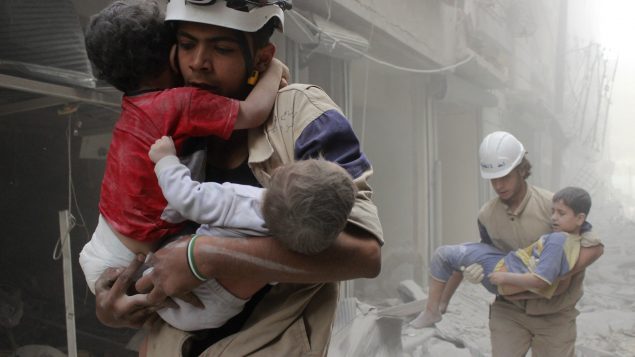More than half-a-million infants are thought to have died as a result of armed conflict between 2013 and 2017 in the world’s 10 worst crisis-affected countries, according to new analysis by Save the Children.
The total number of deaths from indirect effects jumps to 870,000 when all children under the age of five are included, according to the Stop the War on Children report released by the humanitarian agency ahead of today’s opening of the Munich Security Conference of world leaders in Germany.
Save the Children Canada president Bill Chambers said the report shows that 420 million children were living in conflict-affected areas in 2017.
“That’s one in five children worldwide that are living in a conflict zone and that is an increase of about 37 per cent of the total number since 2010,” Chambers said in a phone interview from Toronto.
ListenAfghanistan, Yemen, South Sudan, the Central African Republic, the Democratic Republic of Congo (DRC), Syria, Iraq, Mali, Nigeria and Somalia are the countries where children were hardest hit by conflict in 2017, according to new research by the Peace Research Institute Oslo (PRIO), commissioned by Save the Children.
Children in these countries face even higher risks not only because of the violence but also due to indirect effects of conflict and war such as hunger, damaged infrastructure and hospitals, a lack of access to health care and sanitation, and the denial of life-saving aid, Chambers said.

The image from a video made available Sept. 3, 2012 shows Syrian medics helping an injured child in Aleppo, Syria. (AP Photo/file)
The report also features an analysis of six violations that are among the worst impact of conflict on children, Chambers said.
These include: killing and maiming of children; recruitment into armed groups or forces as child soldiers; sexual violence against children; attacks on schools and hospitals; and aid agencies are seeing an alarming increase in the use of aid as a weapon of war, Chambers said..
“The number of those grave violations is up from 2010 a staggering 144 per cent,” Chambers said.
“There have been 25,000 individuals who have been subject to grave violations and those numbers are very understated.”

Canadian Prime Minister Justin Trudeau gives newly-arrived Syrian Armenian refugee Sylvie Garabedian, centre, a winter jacket as her mother Anjilik Jaghlassian, right, looks on at Pearson International airport, in Toronto, on Friday, Dec. 11, 2015. (Nathan Denette/THE CANADIAN PRESS)
The children’s charity is calling on Ottawa to play an even more active role in protecting children in conflict, Chambers said.
“Canada has demonstrated welcome leadership to protect children in conflict and ensure some of their basic needs are met, such as the focus on ending the use of child soldiers with the Vancouver Principles initiative, to the G7 commitment for girls’ education in conflict and crisis,” Chambers said.
“But we have a long way to go – Canada must build on these initiatives to help ensure that girls and boys are no longer attacked, that perpetrators of these crimes are held to account for their actions, and that girls and boys alike are given the protection and support their need in conflict and beyond to survive and recover.”







For reasons beyond our control, and for an undetermined period of time, our comment section is now closed. However, our social networks remain open to your contributions.